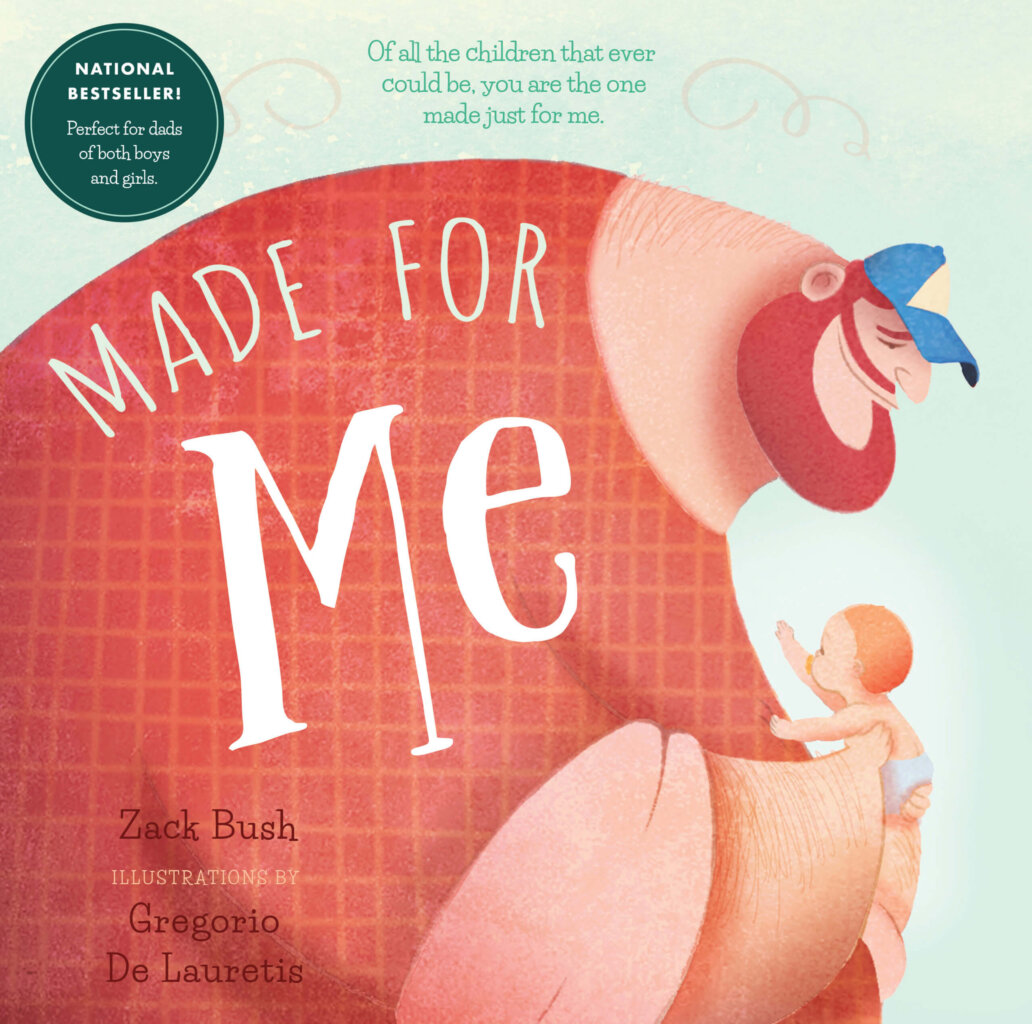
5 Safety Tips for Toddlers on the Playground
The only problem is that their small, developing bodies are still fragile in a lot of ways. To keep your kids safe while also letting them try new things, here are a few safety tips to keep in mind. Follow these strategies in order to protect your toddler and make outdoor play fun!
1. Teach Your Toddler Playground Safety and Manners
One of the best things you can do to protect your child on the playground is train him or her in proper safety precautions, as well as basic playground etiquette. Teach your toddler to use two hands when climbing, for example, and to only go down the slide feet first. Likewise, train your toddler in how to be kind to other childrenno pushing, fighting, crowding or telling someone else to get off the swings. When your child understands how to use the playground, he or she will be much safer on it.
2. Look for Toddler-Safe Playgrounds
Well-designed playgrounds will often have separate toddler areas that are specifically designed for smaller kids, with smaller structures and play components. Let your child play here to make sure he or she is in an area that’s the right level. Toddler’s bodies are different from older children’s, so their playing abilities are different, too.
3. Look for Safe, Well-Maintained Playgrounds
Likewise, look for playgrounds with smooth, soft surface areas (avoid blacktop, for example, and look for rubber floors) so if your little one falls, it’s less likely to cause a serious injury. Finally, be vigilant about checking for hazards like broken equipment or spilled debristhese damages can make a playground unsafe for kids. If you find any hazards, report them right away and don’t let your child play in that area.
4. Observe Closely and Constantly
Toddlers are too small to be left on their own at the playground, so be sure to monitor closely. As an adult, it’s up to you to provide the constant supervision that prevents injuries or conflicts. While your little one is climbing, sliding and swinging, be sure to keep an eye on him or her at all times. That way, you can intervene when he or she tries to stand up while swinging or gets angry with another child. Stay nearby, pay attention and make sure your child knows you’re watching.
5. Pay Attention to Weather Conditions
It’s obvious that rain, sleet and snow disrupt a child’s ability to play outside, but sometimes parents don’t realize that hot, sunshine-filled days can also present dangers. When playground equipment gets too hot, for example, it can hurt kids to touch it. Likewise, spending hours of playtime in the sun may open a child up to too much sun exposure and damage from UV rays. This is why keeping your kids inside sometimes makes sense, at least in terms of weather-related issues. Another safety precaution is to find playgrounds with shade structures that protect children’s skin from the sun and also keep play equipment cooler.
In the mind of a toddler, there are few things more fun or exciting than time outside to play. The good news is that safe, well-designed playgrounds, coupled with proper playground use, can make that play as harmless as it is enjoyable. Teach your kid how to act on a playground, look for playgrounds that are properly designed, supervise your child while playing in order to protect him or her from injury, and make outdoor play a treasured pastime for both of you.
About the author:
David Reeves is Marketing Manager of Playland Inc. in Carrollton, GA. He has over 10 years of experience as a community coach. The company designs commercial indoor and outdoor play equipment.
Like the article? We bet you’ll love this book:
A child swipes her mother’s ring, snatches her sister’s nightgown, and runs outside to play “bride.” She soon loses the ring, rips the gown, correctly assumes it’s about to rain daggers, and runs…
Going On Nine
Catherine Fitzpatrick
Buy Now
